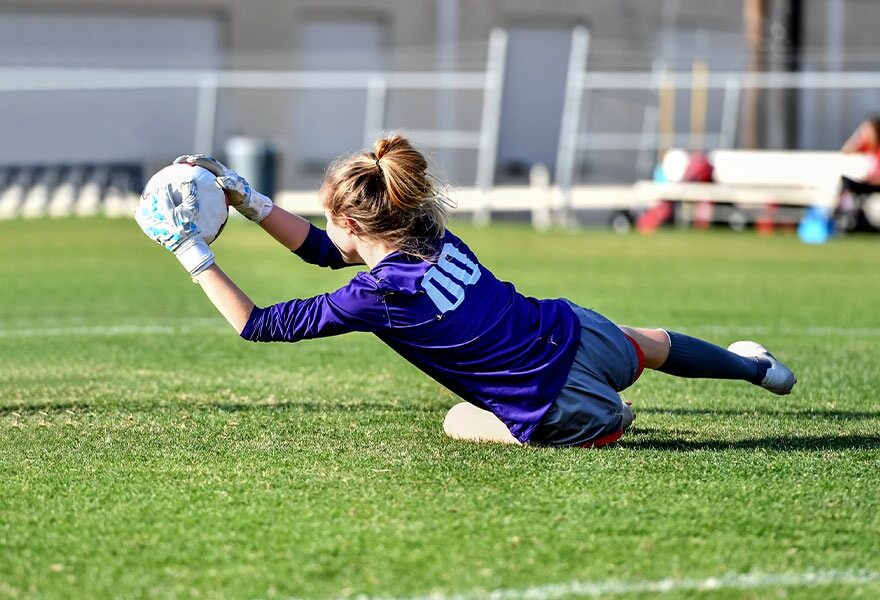Keeping to a New Year’s resolution is so difficult for some that there’s even a day on the calendar for those unsuccessful to abandon their plans: Jan. 17, which is known as “Ditch New Year’s Resolution Day.” But before all hope is lost and the new workout gear is tossed to the back of the closet, consider a different strategy to make healthy resolutions stick.
Journalists: Broadcast-quality video pkg (1:00) is in the downloads at the end of this post. Please courtesy: “Mayo Clinic News Network.” Read the script.
Exercising more is a top New Year’s resolutions, but it’s also among the first people give up on.
“Do little things. It doesn’t have to be superintense,” says Scott Haak, D.P.T., a Mayo Clinic physical therapist. “You just have to be consistent and build on good habits.”
Those good habits start with finding an activity you like. From there, Haak explains, set realistic goals for what your body can handle and how long you can spend exercising. Then schedule the activity as part of your day.
“It’s just moving. It’s walking intentionally for 20 to 30 minutes a day,” says Haak. “It’s biking. I’d say depending on their physical abilities, doing body weight exercises where you’re using your own body weight, not a lot of equipment.
A successful workout plans also incorporates accountability. That means bringing someone else on your fitness journey.
“You have to tell someone that you’re going to do it, or you have to bring a friend to the gym and have them work out with you, or hire a trainer ― whatever it takes to be consistent on a schedule,” says Haak.
For the safety of its patients, staff and visitors, Mayo Clinic has strict masking policies in place. Anyone shown without a mask was recorded prior to COVID-19 or recorded in an area not designated for patient care, where social distancing and other safety protocols were followed.
Originally published on the Mayo Clinic News Network.






